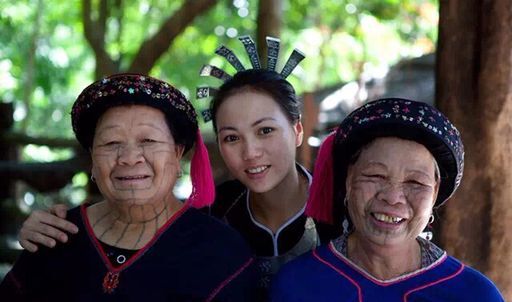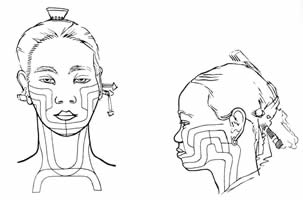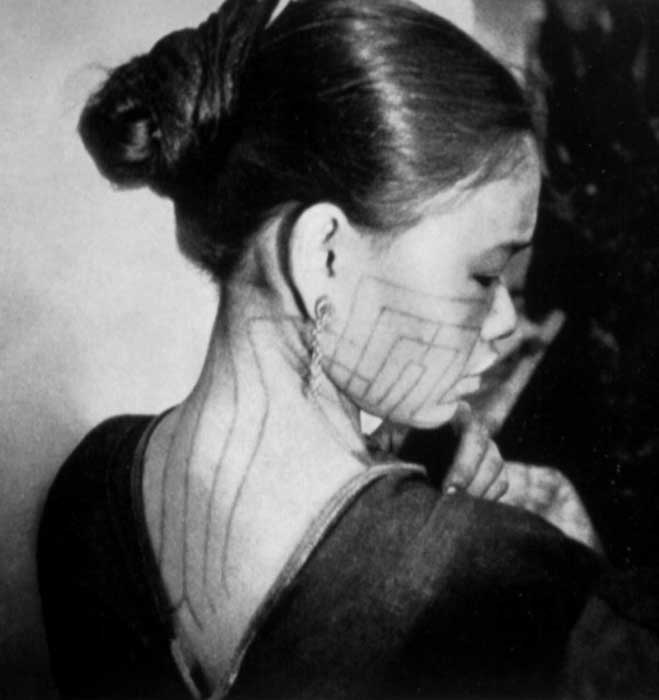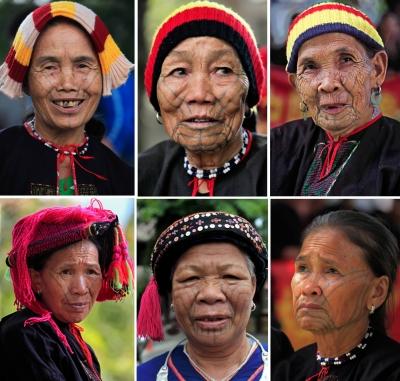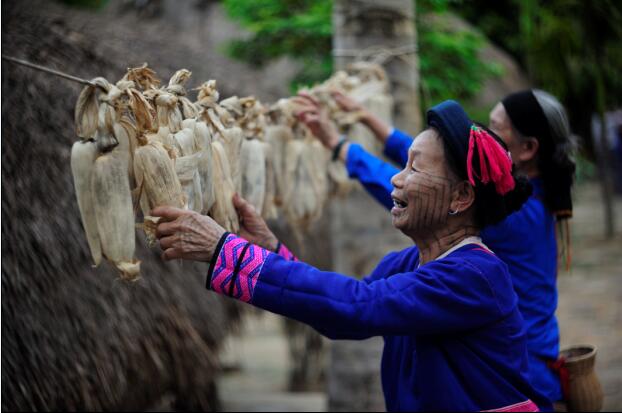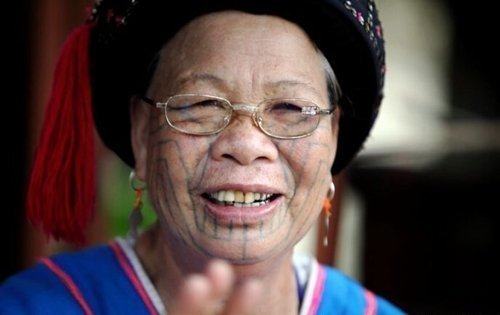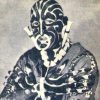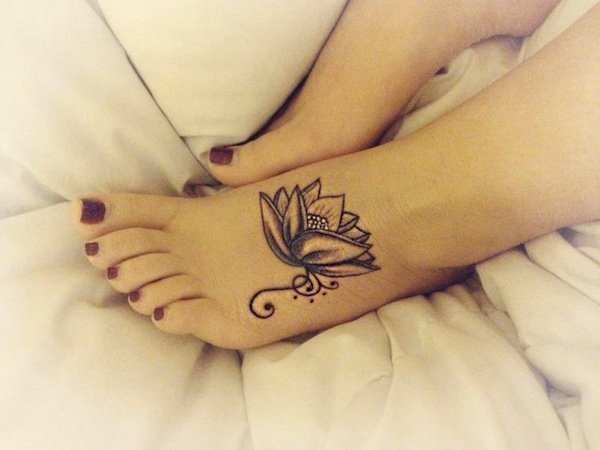The Li are one of 55 recognized ethnic minorities in China. Together with the Miao, a total of 1.3 million people inhabit the mountainous areas in the south-central part of Hainan Island, having been brought there by Han immigrants, who removed them from their villages, traditionally placed on the island's coast, in the 15th century. It is believed that they went to Hainan, south of China, more than 2 or 3 thousand years ago. Considered by the Chinese to be a remote and sometimes more mysterious place than Mongolia or Tibet, the region was then nicknamed "The Tail of the Dragon," a wild place at the end of the Chinese world.
With the establishment of the ideologically atheistic communist government in the country in 1949, policies were initiated to eradicate superstitions and to change the prevailing customs and social traditions so that the entire territory would become as uniform as possible. Quickly, the Li people's animistic beliefs collapsed, along with their rice-based economy.
However, the land was always responsible for holding the Li together, carrying with it the divine, the mythical, and the ritual, in a complex system of beliefs. The character of their life experiences, in physical and psychological terms, continued to stand out for their inherent collectivity, all witnessed by their surroundings. In this way, many of their belief-related practices were maintained, for their strong metaphysical character, one of them being the tattoo, seen as the element to guide individuals after death.
As animists, the Li were spiritually guided by shamans who, through their ability to communicate with spirits, deities, and ancestors, functioned as mediators between the physical and the supernatural world.
Li culture and its cosmology were embedded in individuals through musical traditions, but were also inscribed on the skin through tattoos. All five groups belonging to the Li ethnic group were tattooed, and the practice was mainly among women. Men used to tattoo themselves with only three lines around the wrist for medicinal purposes. Among women, the designs differed not only from tribe to tribe, but also between families.
Curiosity: The Li are among the first Chinese to develop the technology for weaving, and are known to this day for their beautifully colored fabrics. The Li women are famous for their silk weaving and sewing skills. Each group develops specific patterns for their fabrics, and from the designs you can tell which village and which social class the woman belongs to. The same is true of tattoos, which are social indicators and indicators of each Li's identity.
In the Basadung tribe, a girl begins to be tattooed when she turns 13 or 14. An older woman, not necessarily related, first tattoos her on the back of the neck, and then on the face and throat over the course of four or five days. For the next three years, her arms and legs are also tattooed. If someone in the family dies in the course of these years, the process is interrupted.
The marking of the drawings on the skin is done with Indian ink (also known as Indian ink); a plant thorn is used to pierce the skin, and then a mixture of soot and water (a more primary form of Indian ink itself) is rubbed into the wounds.
The Meifu tribe basically adhered to the same practice as the Basadung. The other tribes also use the same techniques, but have created a different design, starting at the chin and extending down the neck in two pairs of lines. The lines continue down the torso, across the chest, and down to a circle at the navel.
Make tattoos means that a woman can now be chosen for marriage, and the tattoo ritual was accompanied by an elaborate ceremony in the village center to celebrate the girl's puberty. Interviewed in the 1930s for a story published in National Geographic magazine, the women said that the tattoos not only made them more beautiful, but also allowed them to be recognized by their ancestors after death.
Today, the practice is disappearing, and tattoos are only found on older women. Hainan Island has gone from being the mysterious "Tail of the Dragon" to a tourist spot. The mountainous region where the Li and Miao people live receives thousands of visitors throughout the year, and tourism is now extremely important to the economy of the place, along with its millenary weaving.
Sources:
- Article by Francine Oliveira at the late Tattoo Tattoo
- http://www.vanishingtattoo.com/hainan_island_tattoos.htm

